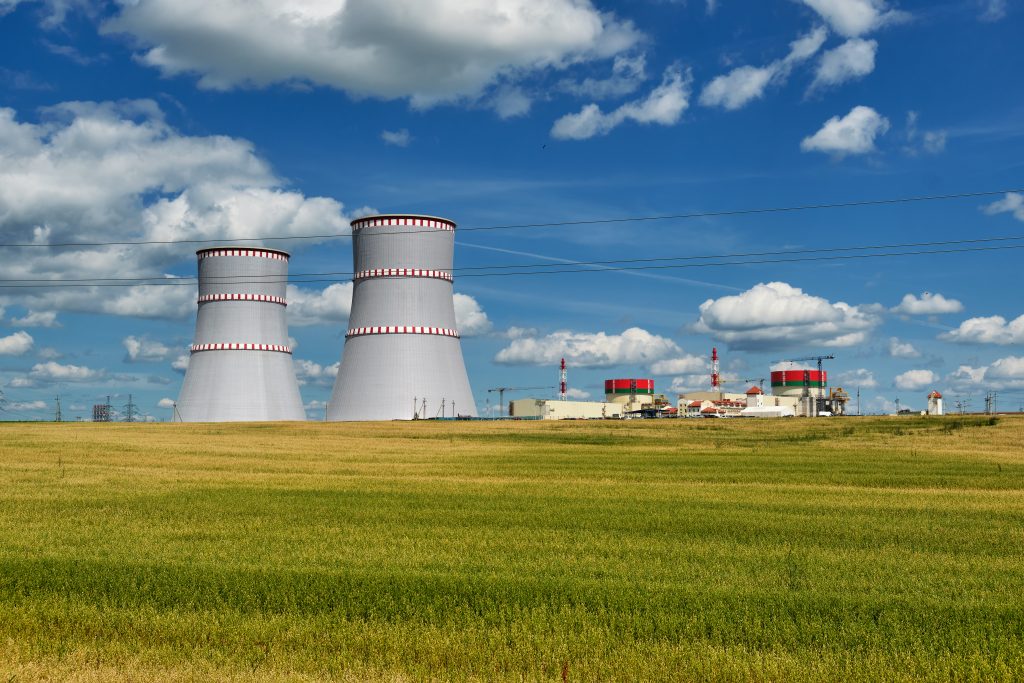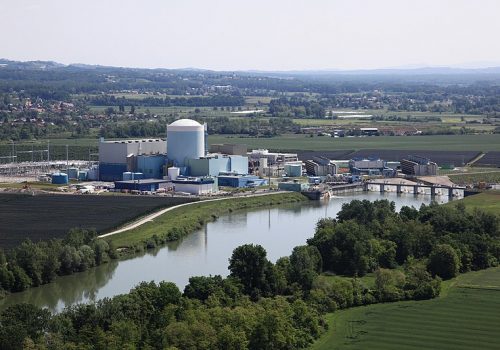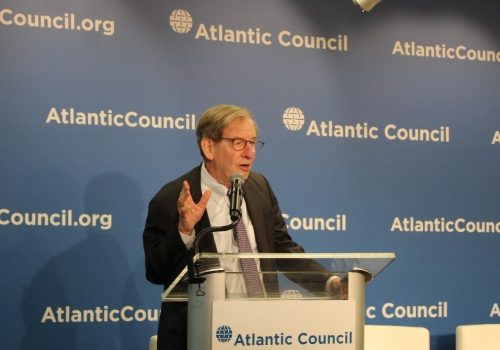The path to greater European energy security lies in the east, specifically through countries like Belarus. Currently, Russia leads in exports of crude oil to the European Union (EU), comprising nearly 30 percent of the market, while the United States makes up only 2.4 percent. Westward Russian oil travels through two main pipeline arteries located primarily in Ukraine and Belarus that function as key sources of income for both countries via transit fees. These pipelines go on to meet energy demand in Western Europe. However, Russia has shown that it is not averse to cutting or even blocking oil and gas supplies to Ukraine and Belarus as a means to tout its energy dominance in negotiations. This has exposed a cycle of Ukrainian and Belarusian dependence on Russia, and both countries have begun to search for new ways to diversify their energy markets away from their eastern neighbor. Belarus, however, is more dependent on Russia for energy than Ukraine, and Ukraine could serve as a model of energy diversification for Belarus.
Ukraine still maintains a degree of energy dependence on Russia, but to a lesser extent that Belarus. In response to the 2014 Russian invasion of the Donbas and the annexation of Crimea, Ukraine ramped up efforts to diversify its energy sector. Since 2015, Ukraine has stopped importing any natural gas directly from Russia and has upped its natural gas imports from Europe from 26 percent to 63 percent. Ukraine also relies heavily on nuclear energy, which comprises nearly 50 percent of total electricity production. But as the primary transport route for Russian gas to European markets, Ukraine still depends on nearly $3 billion dollars in annual transit fees from Russia.
Belarus, wary of the deteriorating relationship between Russia and Ukraine, is quickly realizing the importance of energy diversification as the Kremlin flexes its muscles in oil pricing negotiations and scales back oil subsidies. These subsidies allowed Belarus to buy and resell Russian oil to EU markets at a higher price, and they make up a significant portion of Belarusian gross domestic profit. These subsidies were scaled back after Belarusian President Lukashenka demonstrated significant resistance to joining a political and economic union with Russia that would call into question Belarus’ independence and put Russian military bases on Belarusian soil. Although Belarus’ Lukashenka remains in a precarious position as president, it would be to his advantage to seek greater energy autonomy in order to strengthen his hand at the bargaining table. Ongoing protests have pushed Lukashenka closer to Russia, and this has weakened his authority domestically and abroad. While Russia continues to support him for the time being, Lithuania, Poland, and Romania have proposed ideas such as visa-free travel, energy sector diversification, and a €1 billion “Marshall Plan” to rebuild Belarus in exchange for democratic elections. Should the Belarusian opposition find itself with free and fair elections, it would be in an advantageous position to strengthen the country’s energy security.
There are a number of ways in which the United States can support and promote energy security in Eastern European countries like Belarus while also reducing European dependence on Russian energy markets. First, the United States can continue to levy and increase sanctions on Russian individuals and companies constructing the Nord Stream 2 pipeline, including insurers. Second, the US government can incentivize American companies to work with Baltic states, many of which are eager to grow their Liquified Natural Gas (LNG) capacities, as well as Belarus, to develop LNG terminals and supply lines in the Baltic through the US Trade and Development Agency. Third, the United States can restore its competitive nuclear advantage by providing expertise and export financing as an alternative to Russian and Chinese state-owned enterprises.
The US government considers the Nord Stream 2 pipeline project one of the most significant security risks to Europe. Not only would it increase Western Europe’s dependence on Russian energy, but it would also decrease what little bargaining power Belarus currently has by reducing Russia’s dependence on it as a transit country. Nord Stream 2 completely bypasses existing pipelines in Belarus and instead supplies gas directly to Germany, much to the chagrin of its European partners and allies. The US government has also been a vocal opponent of the project, financed by Russia’s state-owned energy giant Gazprom, and has implemented a series of sanctions against Gazprom and its affiliates. Continuous pressure on Gazprom would reaffirm the United States’ commitment to its Eastern European partners and European energy security.
Finally, the United States has an economic and security interest in providing greater assistance to its Eastern European partners through financial and technical support. Using funds available through the US Trade and Development Agency and the US International Development Finance Corporation, the United States should support the development of Eastern European energy infrastructure by means of greater LNG terminal investment along the Baltic and increased advanced nuclear energy capacity against the Russian and Chinese duopoly. LNG terminal infrastructure investment would help provide greater access to the European market for US LNG exports while promoting European energy security. In fact, given the choice, US partners such as Poland have stated that they are happy to buy American. Likewise, The US Department of Energy has affirmed its commitment to global leadership in nuclear energy, especially by moving into markets dominated by Russian and Chinese state-owned enterprises. Eastern Europe is an ideal location to begin restoring US nuclear energy leadership, offer an alternative to Russian and Chinese state-owned enterprises, and increase energy security on the continent.
While the road to greater European energy independence from Russia is long, it leads through Eastern Europe. Eastern European countries are eager for energy autonomy, and the United States has the capacity to meet Eastern European energy demand while expanding American LNG and nuclear energy markets.
Evan Sieradzki served in Ukraine as a Peace Corps volunteer from 2016 to 2019. He recently graduated from American University’s School of International Service with a Master of Arts in international development.
Related reading

The Global Energy Center develops and promotes pragmatic and nonpartisan policy solutions designed to advance global energy security, enhance economic opportunity, and accelerate pathways to net-zero emissions.
Image: Belarus' first nuclear power plant, cooling towers and power lines in Ostrovets, Grodno Region, Belarus (Chamille White/ShutterStock)



